Introduction
In the fast-paced world of e-commerce, packaging has become just as important as the product itself. It protects items during transit, ensures a positive customer experience, and reflects a brand’s values. But there’s one critical issue—plastic. Traditional packaging materials like bubble wrap, plastic mailers, and shrink wraps have created significant environmental concerns. The question arises: Can we move toward plastic-free packaging in e-commerce? The answer is both complex and promising.
The Environmental Impact of Plastic Packaging
Plastic has long been the go-to packaging material due to its lightweight, flexible, and cost-efficient nature. However, its environmental consequences are staggering. According to the U.S. Environmental Protection Agency (EPA), millions of tons of plastic waste are generated annually, with only a small percentage being recycled. The rest ends up in landfills, oceans, or incinerators—causing long-term ecological damage.
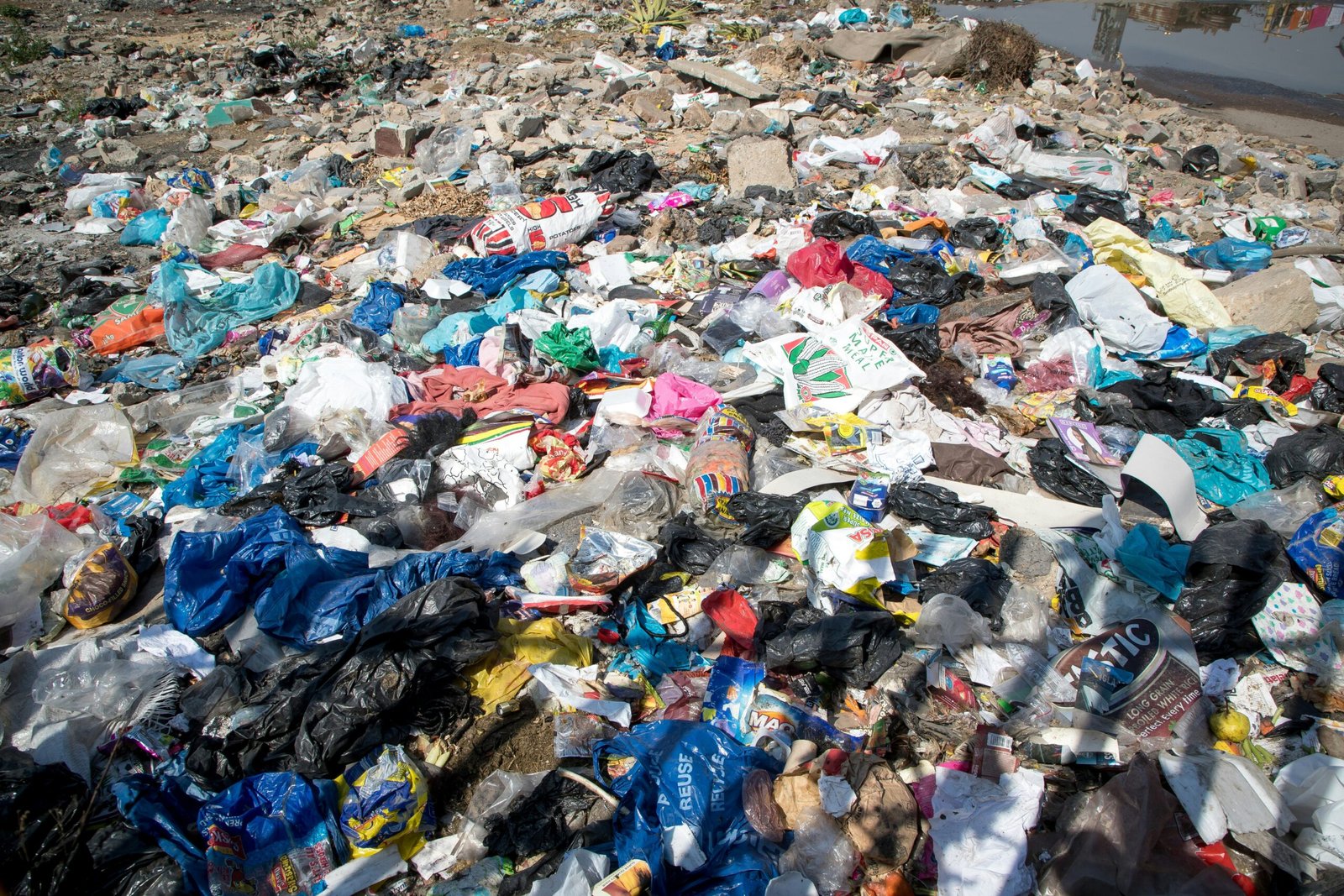
Plastic pollution not only harms wildlife but also breaks down into microplastics, which can enter food chains and water systems, posing potential health risks to humans. As more consumers become eco-conscious, the pressure is mounting for brands to adopt sustainable alternatives.
What Does Plastic-Free Packaging Mean?
Plastic-free packaging refers to using materials that do not include any form of plastic—single-use or otherwise—throughout the packaging process. This includes shipping boxes, padding, labels, and even tape. Instead, brands explore eco-friendly materials like:
-
Paper & Cardboard – Recyclable, compostable, and biodegradable.
-
Mushroom Packaging – Created from agricultural waste and mycelium (fungal roots).
-
Cornstarch & Seaweed Wraps – Plant-based alternatives that decompose naturally.
-
Glassine & Biodegradable Films – Translucent paper-like materials for smaller items.
-
Recycled Fabrics & Cotton Bags – For reusable packaging options.
These alternatives are designed to offer the same protective qualities as plastic while being less harmful to the planet.
The Challenges of Going Plastic-Free
While the idea of eliminating plastic from packaging is appealing, several challenges stand in the way of widespread adoption.
1. Cost and Accessibility
Sustainable packaging materials are often more expensive than traditional plastic options. Smaller e-commerce businesses may struggle with the additional costs, especially when competing with larger brands that can afford eco-friendly innovations at scale.
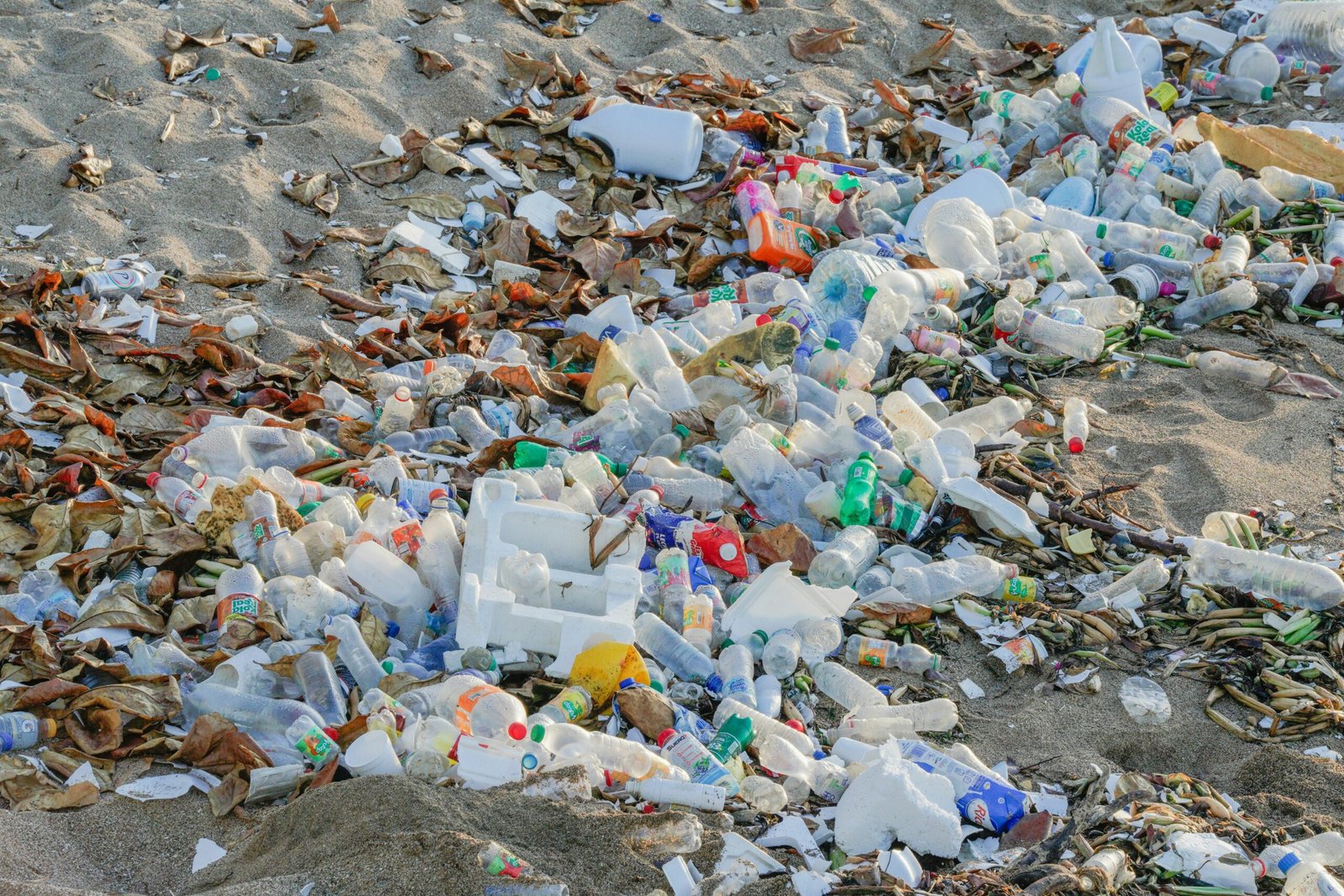
2. Durability Concerns
Plastic has long been favored for its durability and ability to keep products safe during shipping. Alternatives like paper-based packaging may not provide the same level of protection for heavy, fragile, or perishable goods unless specially engineered.
3. Supply Chain Limitations
Not all suppliers are equipped to offer plastic-free options. Many industries still rely on plastic at various stages—from manufacturing to final delivery—making it difficult to achieve a fully plastic-free process.
4. Consumer Expectations
Some consumers associate plastic packaging with better protection and presentation. Transitioning to plastic-free solutions requires education to show customers that eco-friendly options can be equally reliable and aesthetically pleasing.
Breakthrough Innovations in Plastic-Free Packaging
Despite challenges, progress is being made across the packaging industry. Innovative companies are pushing boundaries to develop sustainable solutions:
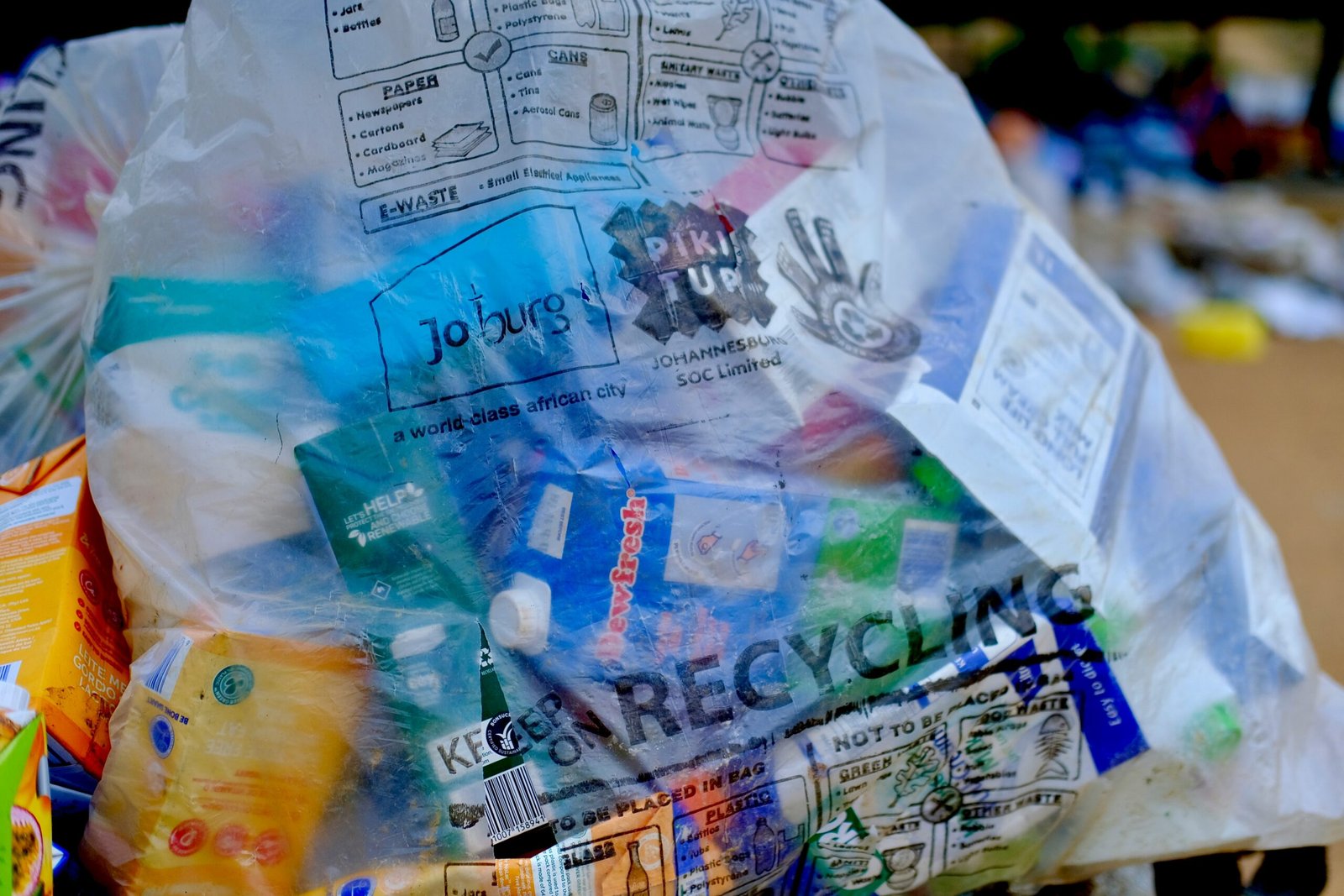
Mushroom-Based Packaging
Grown from mycelium and agricultural waste, mushroom packaging is lightweight, sturdy, and fully compostable. Companies like Ecovative Design are leading the way in producing these eco-friendly alternatives.
Edible & Biodegradable Films
Made from seaweed, rice paper, or starch, these films provide an innovative solution for wrapping products. While primarily used in the food industry, e-commerce applications are being explored.
Compostable Mailers
Brands are replacing plastic mailers with compostable versions made from cornstarch or PLA (polylactic acid). These can break down under composting conditions, leaving no harmful residues.
Recycled Paper & Cardboard
Corrugated cardboard boxes, shredded paper fillers, and kraft paper tapes are replacing bubble wrap, foam peanuts, and plastic adhesive tapes.
The Role of E-Commerce in Driving Change
As the e-commerce sector grows rapidly in the USA, it has the power to set new standards for sustainability. Transitioning to plastic-free packaging is not just an environmental commitment—it is becoming a competitive advantage.
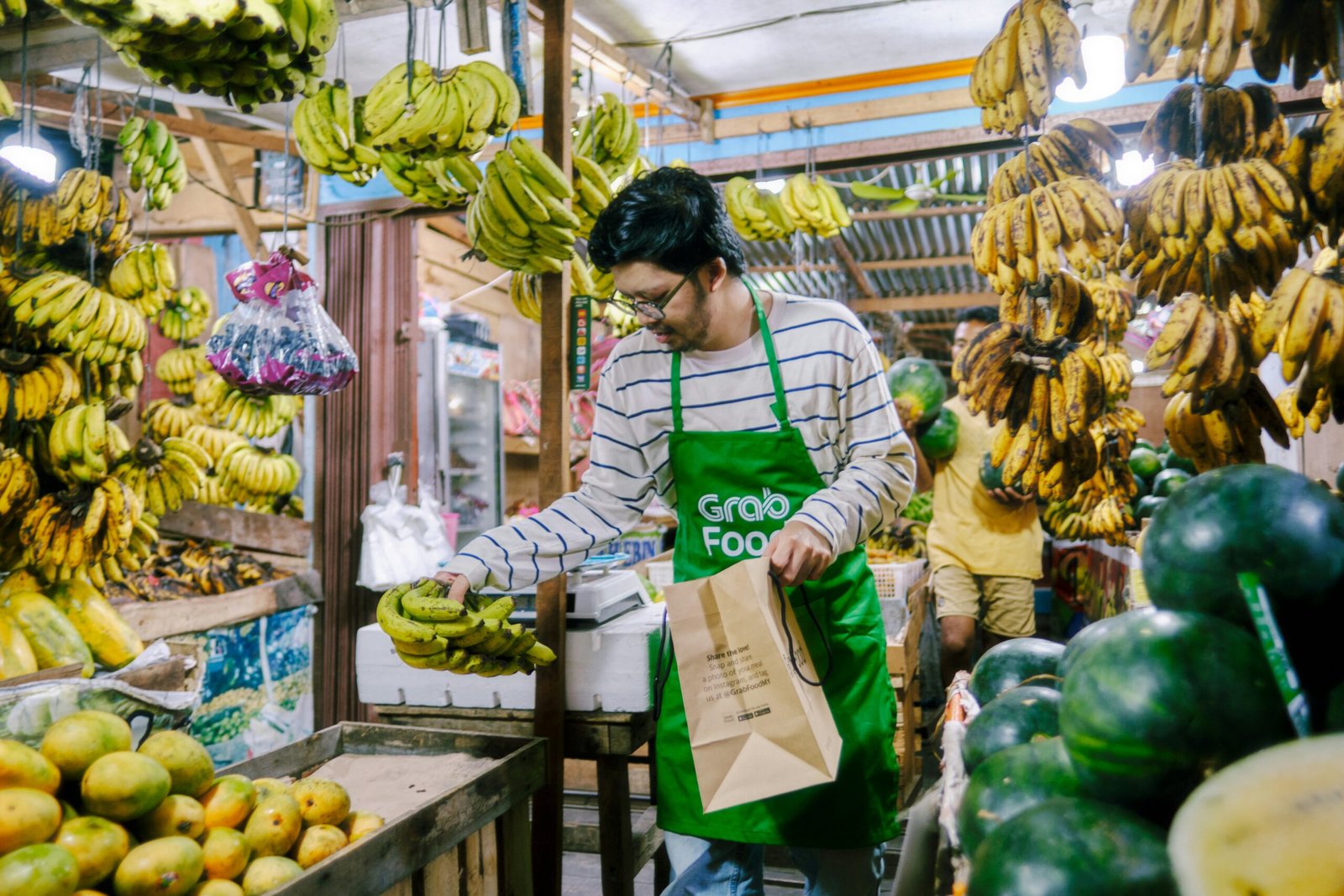
Consumer Demand for Sustainability
Studies show that modern consumers—especially Gen Z and Millennials—prefer brands that prioritize sustainability. Offering plastic-free packaging can strengthen brand loyalty and foster a positive brand image.
Corporate Responsibility
Many companies are pledging to reduce their environmental footprint. Major retailers and e-commerce platforms are experimenting with zero-plastic alternatives to set an example for the industry.
Steps Toward Plastic-Free Packaging in E-Commerce
For businesses considering the shift, adopting plastic-free practices can be done gradually:
1. Conduct a Packaging Audit
Identify where plastic is used in the supply chain—boxes, fillers, tapes, labels—and determine which areas can be switched to sustainable materials immediately.
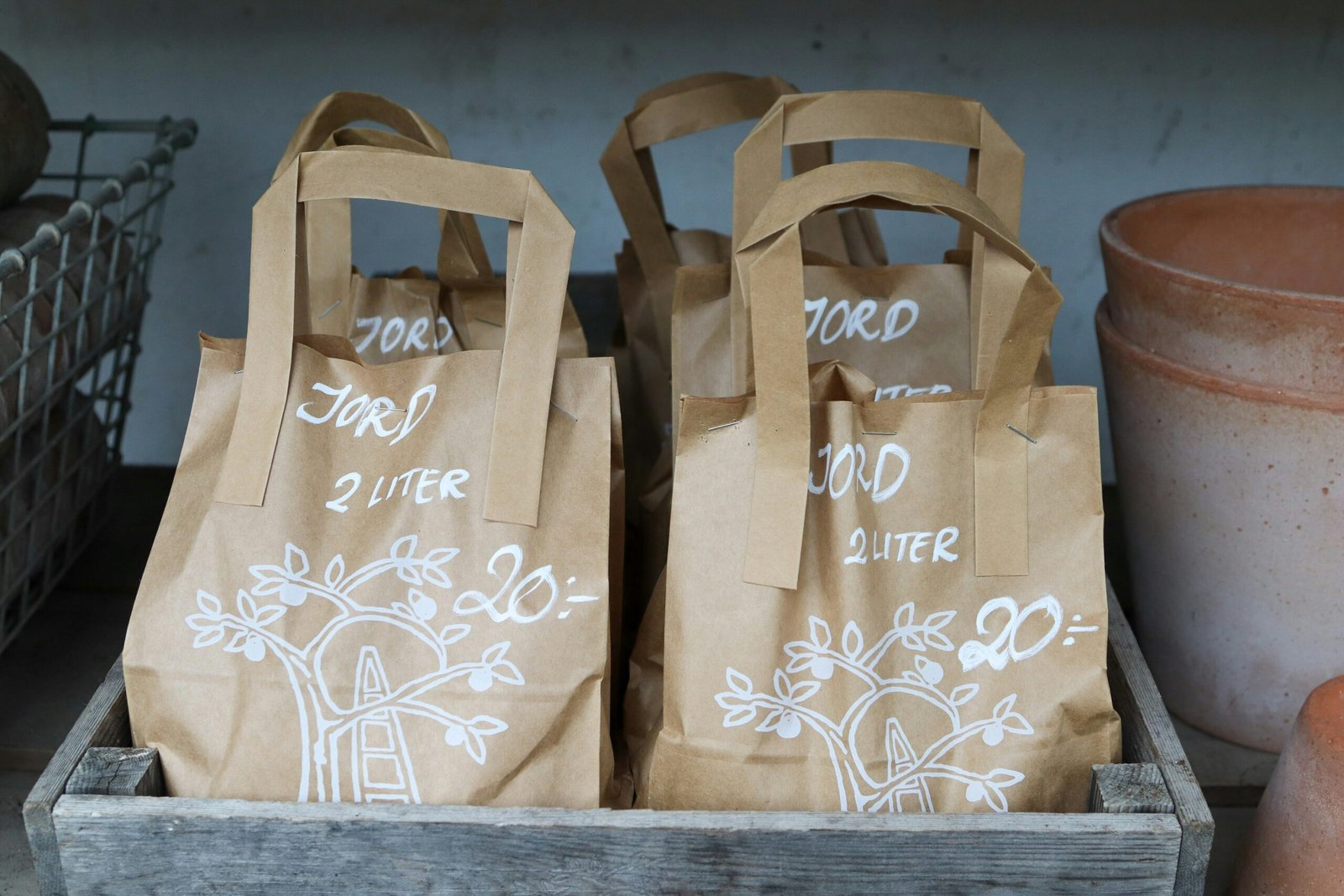
2. Source Alternative Materials
Explore suppliers that offer eco-friendly packaging options like compostable mailers, paper-based fillers, and biodegradable tapes.
3. Educate Customers
Include information on packaging materials in product descriptions and shipping notes. Explain how customers can recycle or compost the materials.
4. Test and Scale
Start with small batches of plastic-free packaging to evaluate durability, cost, and customer feedback before scaling up across the business.
Can We Truly Go 100% Plastic-Free?
While a completely plastic-free packaging industry may take time to achieve, hybrid approaches are a practical starting point. For instance, using recycled plastics in combination with biodegradable fillers can reduce the overall environmental impact until fully sustainable solutions become more affordable and accessible.
The Future of Sustainable Packaging
With growing awareness, advancements in material science, and increased consumer demand for eco-conscious products, the future looks promising. As more brands adopt sustainable solutions, costs will likely decrease, making plastic-free packaging a mainstream standard rather than a niche practice.
Final Thoughts
Plastic-free packaging is not just a trend; it is a necessity for a sustainable future. While the transition comes with challenges, the benefits for the planet—and the positive impact on brand reputation—make it a worthwhile investment. By embracing innovative materials, educating customers, and taking small but meaningful steps, the e-commerce industry in the USA can lead the way toward an eco-friendly future.